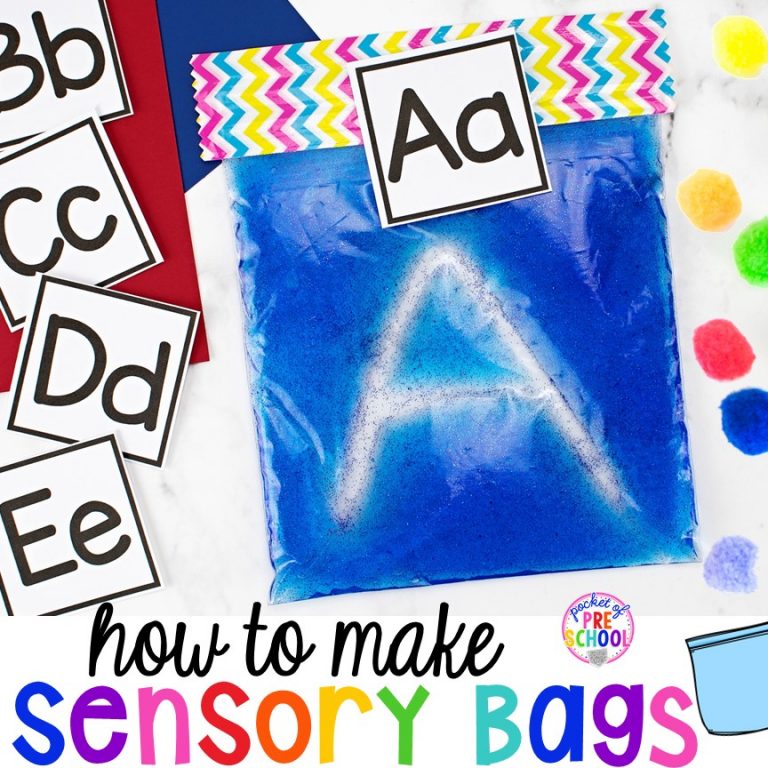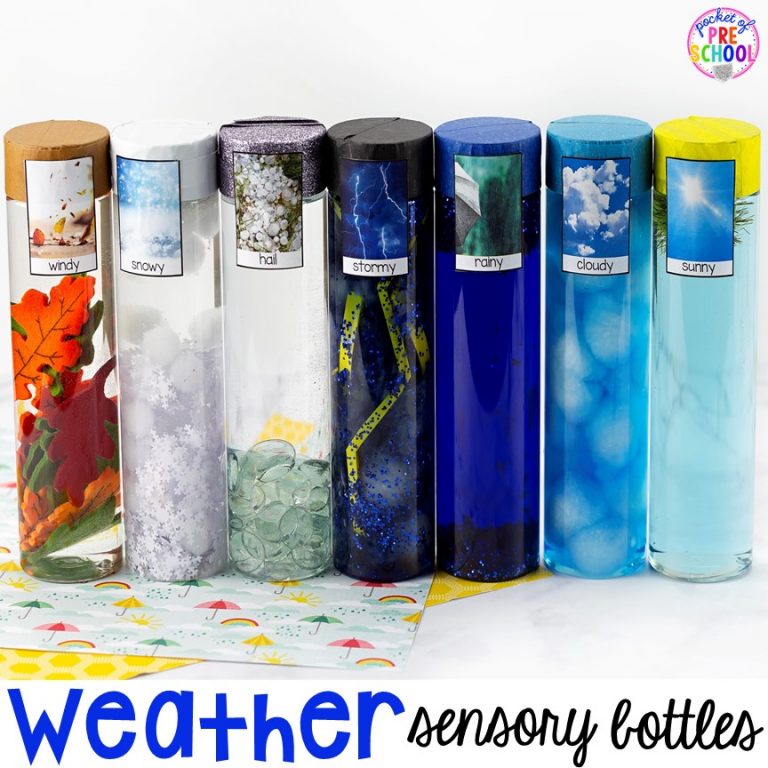
Drying rice for sensory bins is super EASY! It may look overwhelming at first, but I’ll show you how to make single-colored AND rainbow rice with 4 easy steps. Once you see how easy it is, you will be dying rice for all things like sensory bottles, sensory tables, and writing trays.
Sensory play doesn’t have to be a big mess or a giant table full of rice; it can be small for individual students to use. Make small individual sensory bins with pencil boxes or paper trays. These are perfect for small classrooms and are compliant with the new COVID guidelines. You can make one for each student or skill and store in student cubbies or on a shelf. Students do not have to share supplies.
*This post contains affiliate links that I earn a tiny commission on when you use my link. It is no additional no cost to you.
How to Dye Rice for Sensory Bins
 Just follow these steps, and you will have a gorgeous rainbow or colored rice in no time. You guys, it is so simple, I promise!
Just follow these steps, and you will have a gorgeous rainbow or colored rice in no time. You guys, it is so simple, I promise!
Step 1: Place rice in a thick baggie. If you are making small batches, use sandwich-size bags. If you are making a big single-color batch, use a gallon baggie. Any cheap rice will do.
Step 2: Add liquid watercolor and close the baggie. Just a few drops will do.
Step 3: Shake, shake, and shake! Massage the color into the rice. This is the fun part that students can help with! If the color isn’t bright enough for you, just add a few more drops of liquid watercolor.
Step 4: Grab a tray and cover with wax paper or foil. Spread the rice on the tray and let it dry.
***Let the rice air dry for 24-48 hours before you place in an airtight container so all the moisture is out of the rice.
If you are making rainbow-colored rice, you will need to make small batches of each color and combine.
That’s it! Now for the FUN part!
Making the Sensory Bin

If you want to make mini sensory bins, simply place some of the rice in a pencil box. Add fun tools and add-ins like silicone cupcake liners, shape buttons, candles (Walmart), mini pom poms (Hobby Lobby), tweezers, and a measuring scoop (Dollar Tree). When students explore and play in the sensory bin, they will be picking up, pinching, scooping, and pouring using the tools and tiny treasures! During the entire time they play, your little learners will be building their fine motor muscles!
If you are making individual student supplies, grab these Editable Student Supply Labels from my TpT store here. You can see I like to color-code each student to help organize all the things. If you have a big class, you may have four or five students that have blue supplies, and that’s OK. It will still be easier to find the blue notebook with the letter “J” or “Jude” because there will only be 5 blue notebooks rather than 20 if every student has the same color.

You can also use small plastic tubs for mini sensory bins. This is a purple paper tray box from Target (in the Dollar Spot during back to school). Lakeshore Learning has them too, but any plastic tub will work. I put purple, blue, and green rice with magnet letters and sight word cards to create a mini word work center. Students pick a sight word card, say the word, and find the letters to build the word. Lastly, they write it on the dry-erase board. This activity is simple, FUN, and hands-on word work. You could also do this activity with student names!
Rice is an awesome filler for sensory bottles! I have tons and tons of themed and seasonal sensory bottles that you can create for your classroom HERE.
If you want more ideas for sensory play, check out these posts by clicking on the photo!
Want to see how to dye rice? Check out the video.
Love it? Pin it!

hey, i’m jackie!
I’m Jackie, your go-to girl for early childhood inspiration and research-based curriculum.











 Just follow these steps, and you will have a gorgeous rainbow or colored rice in no time. You guys, it is so simple, I promise!
Just follow these steps, and you will have a gorgeous rainbow or colored rice in no time. You guys, it is so simple, I promise!










